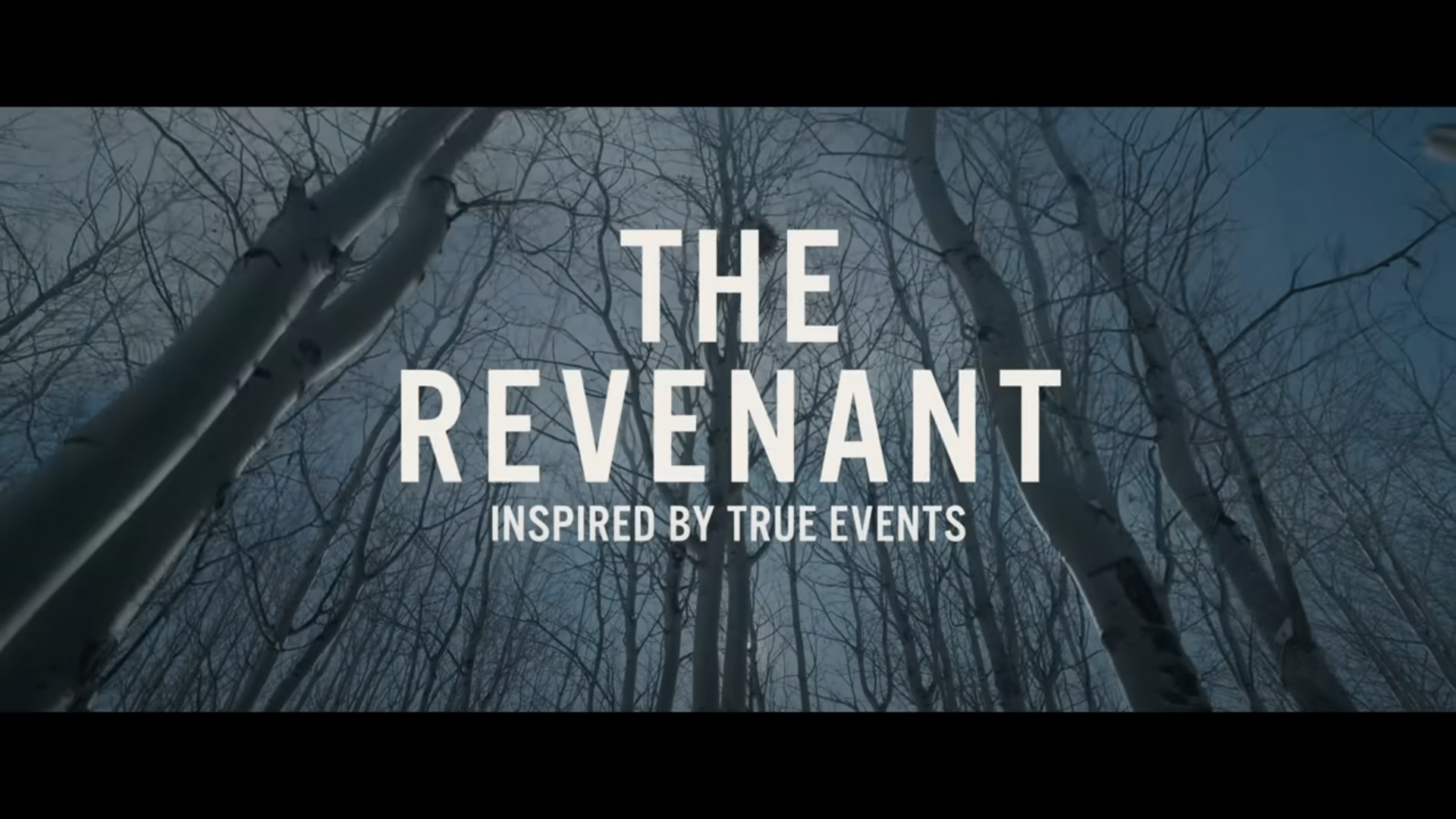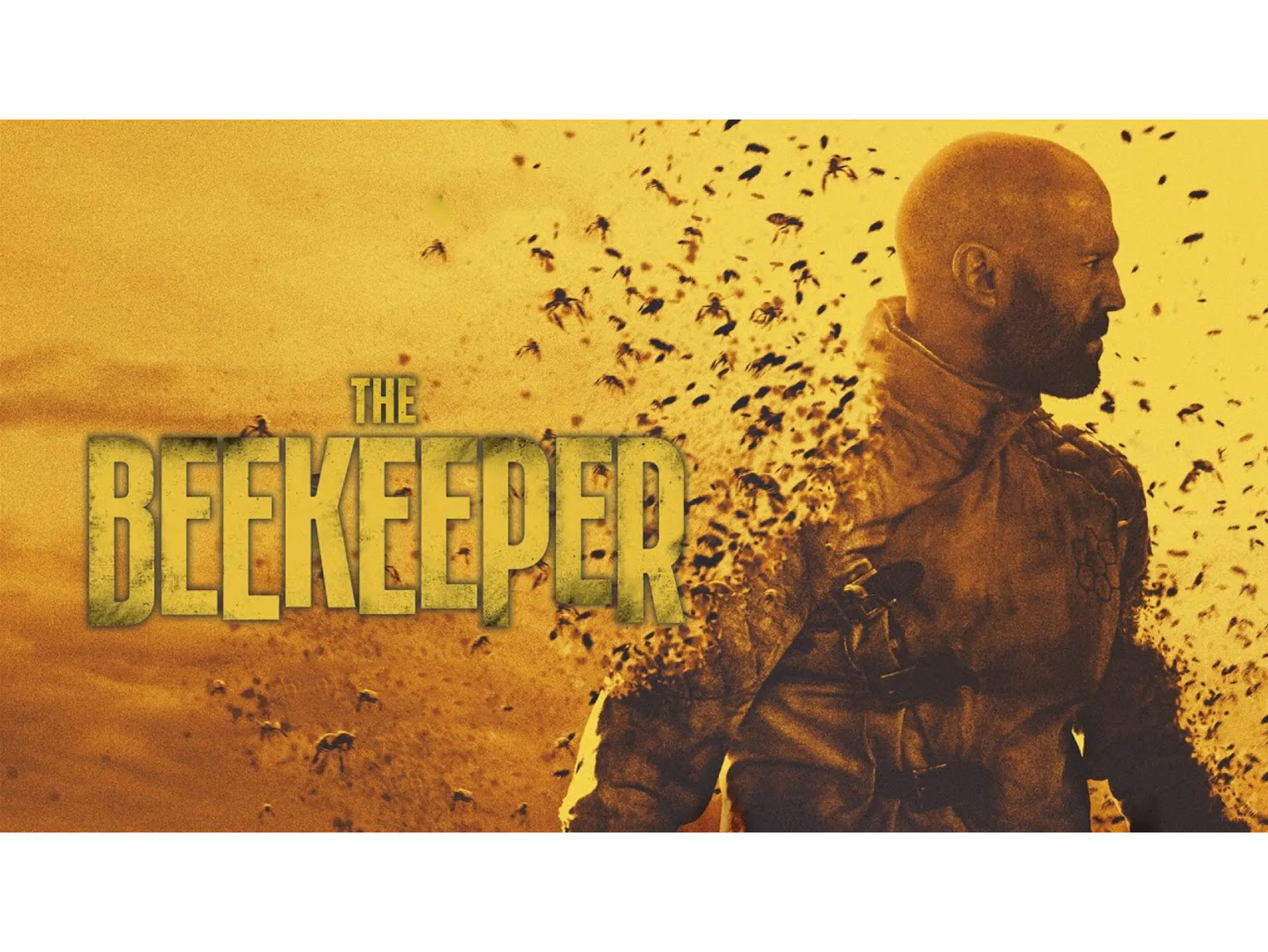In 2024, the Civil War has become a poignant and thought-provoking topic as it deeply impacts culture, cinema, and art. Films about the Civil War often reflect on its causes, consequences, and intricate character stories, helping audiences connect with this dark period in history. Understanding these causes offers insight into how they are represented in cinematic narratives today.
Historical Context of the Civil War
To truly grasp the causes of the Civil War, it’s essential to understand the historical context that led to its outbreak. The American Civil War, fought from 1861 to 1865, arose from a complex interplay of economic, social, and political issues. At its core, the most substantial division was between the Northern states, where industrial growth was on the rise, and the Southern states, which relied heavily on agriculture, particularly cotton, and, therefore, on slave labor.
As the nation expanded westward, tensions erupted over whether new states would allow slavery. The balance of power in Congress became increasingly contentious, with each side fearing the other would dominate national policy. This soon triggered debates leading to a series of events that hinted at the fractures within the nation.
Economic Factors
One of the primary causes of the Civil War was the significant economic disparity between the North and the South. The North was primarily industrial, characterized by factories, manufacturing, and railroad construction. In contrast, the Southern economy relied on agriculture, especially the production of cash crops like cotton, which depended heavily on slave labor.
This fundamental economic difference stoked tensions around trade policies, taxes, and tariffs. The North favored tariffs to protect its emerging industries, while the South opposed these tariffs, fearing they would hurt their ability to compete in international markets. These economic disagreements fostered resentment, leading to calls for greater autonomy in the Southern states.
Social and Cultural Differences
Cultural and social differences between the North and the South also contributed to the Civil War. The Southern states, with their agrarian culture, prioritized tradition and social hierarchy, which was reinforced by the institution of slavery. In contrast, the Northern states embraced a more progressive viewpoint that emphasized industrialization, urbanization, and, often, abolitionist sentiments.
This cultural clash manifested in various ways, including differing attitudes toward immigration and labor rights. The North’s growing immigrant population led to a more diverse society that was increasingly willing to challenge social norms. Meanwhile, the South clung to its traditions, creating a divide that was not only economic but also deeply cultural.
Political Tensions
Political tensions played a critical role in the onset of the Civil War. The struggle for political power between pro-slavery and anti-slavery factions increased as new territories were added to the Union. The Missouri Compromise of 1820, which aimed to maintain the balance between free and slave states, only provided a temporary solution.
The rise of the Republican Party in the 1850s, which was founded on an anti-slavery platform, intensified existing divisions. The election of Abraham Lincoln in 1860, a Republican, was seen as a direct threat to the Southern way of life. Southern states feared that Lincoln’s presidency would lead to the further limitation of slavery, prompting several states to secede from the Union before and after his election.
The Role of Abolitionism
Abolitionism, the movement to end slavery, was a powerful force leading up to the Civil War. While it emerged gradually, the publication of influential works like Harriet Beecher Stowe’s “Uncle Tom’s Cabin” in 1852 galvanized public opinion in the North against slavery. It portrayed the brutal realities of slave life and humanized the plight of enslaved individuals, fostering empathy and urgency.
Abolitionists’ outspoken campaigns, paired with violent clashes like the violence that erupted in “Bleeding Kansas” over whether these new territories would be free or slave, heightened tensions between the North and South. As abolitionist sentiment grew, so did Southern resistance, creating a cycle of hostility that would help lead to war.
Key Events Leading Up to the War
Several critical events in the years leading up to the Civil War illustrated the growing rift. The Compromise of 1850 and the Kansas-Nebraska Act of 1854 sought to solve disputes but instead angered both sides—allowing popular sovereignty over slavery in new territories led to violent conflicts.
The Dred Scott Decision of 1857 further inflamed tensions. The Supreme Court ruled that African Americans could not be considered citizens and deemed the Missouri Compromise unconstitutional. This undermined the efforts of abolitionists and inflamed the already volatile relationship between the North and South.
The Emancipation Proclamation and Its Implications
The Civil War shifted focus significantly with the issuing of the Emancipation Proclamation by President Lincoln in 1863. This document declared that all slaves in the Confederate states were to be set free. While it did not immediately abolish slavery, it reframed the purpose of the war, making it a struggle not just for the Union, but also for freedom.
The Proclamation also had significant implications for the war’s momentum. It opened the door for African Americans to join the Union Army, adding manpower and infusing the war effort with renewed spirit. The Union now fought not just to preserve the nation but to expand liberty, ultimately transforming the conflict’s character.
The War’s Consequences and Lessons Learned
The American Civil War was one of the bloodiest and most significant events in U.S. history. It resulted in the deaths of around 620,000 soldiers and countless civilians, resulting in profound social, political, and economic repercussions. The war led to the eventual abolition of slavery and defined civil rights issues for generations.
The lessons learned from the Civil War underscore the importance of dialogue, understanding, and reconciliation in the face of division. These historical insights have profoundly influenced modern-day discussions surrounding race, identity, and unity, making Civil War films a relevant cultural artifact. They serve not only as entertaining narratives but as essential tools for education and reflection.
Conclusion
Understanding the causes of the Civil War offers invaluable insights into the diverse historical factors at play during this tumultuous period. Whether through economic, social, political, or cultural lenses, the complexities of the Civil War serve as essential reminders of the consequences of divisive ideologies. Through examining films and narratives surrounding the Civil War, we gain perspective on our past—helping us navigate our present and future with greater awareness.
FAQs
What role did states’ rights play in the Civil War?
States’ rights were a significant factor, as many Southern states believed they had the right to govern themselves without federal interference, particularly regarding the legality of slavery.
How did slavery impact the Southern economy before the Civil War?
Slavery was the backbone of the Southern economy, providing the labor necessary for agricultural production, especially in cash crops like cotton, which dominated their economic landscape.
What was the Compromise of 1850?
The Compromise of 1850 was a series of laws aimed at easing tensions between slave and free states, including the admission of California as a free state and the implementation of a tougher Fugitive Slave Act.
What was the significance of the Dred Scott Decision?
The Dred Scott Decision was a landmark Supreme Court ruling that denied citizenship to African Americans and declared the Missouri Compromise unconstitutional, further inflaming sectional tensions.
How did the Civil War influence modern social issues?
The Civil War set the stage for ongoing debates about race, civil rights, and equality, with its consequences still echoing in contemporary discussions about social justice and equality in the United States.



